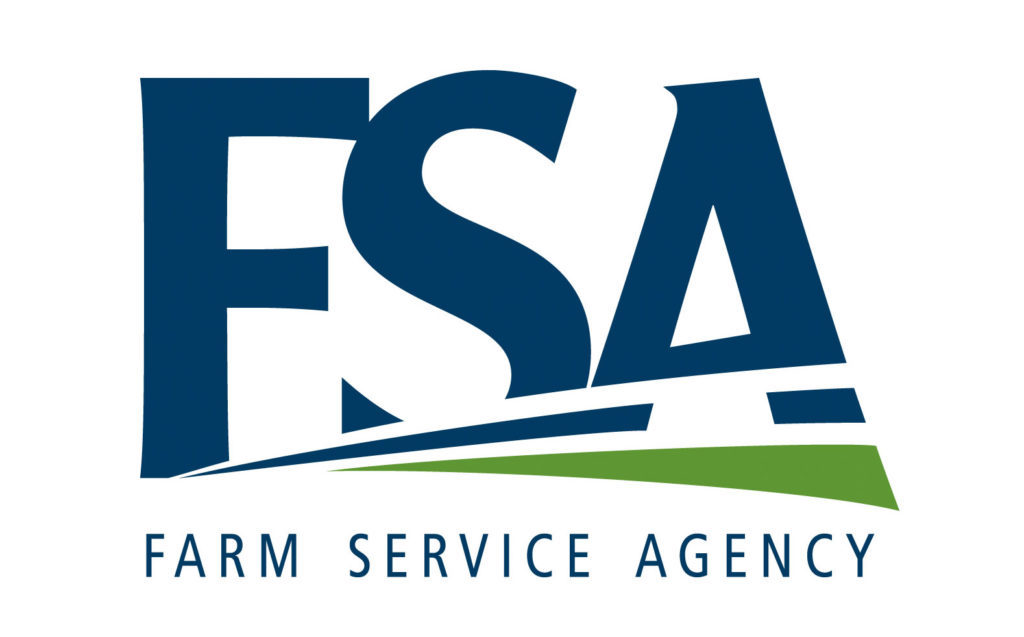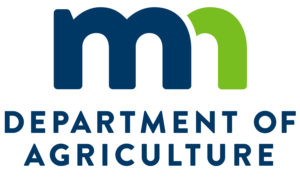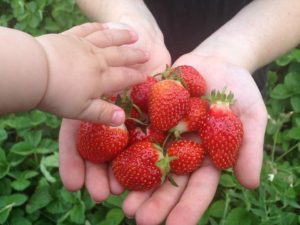https://www.farmers.gov/sites/default/files/documents/OpenFSAServiceCenters.pdf
The link above will show you which Minnesota FSA offices are open.
The Minnesota Department of Agriculture is encouraging farmers who are experience difficulties because of the government shutdown to remember that MDA can help. While the USDA did announce today that Farm Service Agency (FSA) Offices will temporarily reopen January 17, 18, and 22, some farmers may still need to get additional resources heading into the spring planting season.
“I’m pleased that the FSA offices will reopen for a few days to help farmers get their existing loans processed,” said Minnesota Agriculture Commissioner Thom Petersen. “FSA is an important federal partner and provides critical services to farmers. My understanding is that the FSA staff will be available to assist farmers with existing farm loans.”

Petersen encourages Minnesota farmers to contact their local FSA office immediately during this temporary reopening. He also reminds farmers who may be in need of financial assistance or other resources to remember these programs run by the MDA.:
- Rural Finance Authority low interest loan programs. Contact Ryan Roles at 651-201-6666, or visit www.mda.state.mn.us/agfinance
- Farm Advocate Program for farmers needing one-on-one financial advice or other assistance. Contact Matt McDevitt at 651-201-6311, or visit www.mda.state.mn.us/farmadvocates.
- Farm and Rural Helpline for farmers and their families that are coping with stress. Call 833-600-2670, or visit www.mda.state.mn.us/about/mnfarmerstress.








